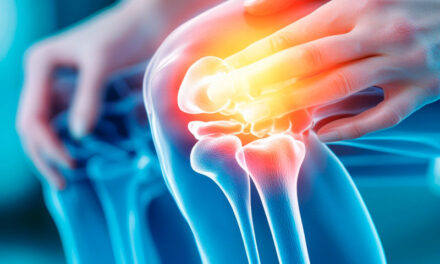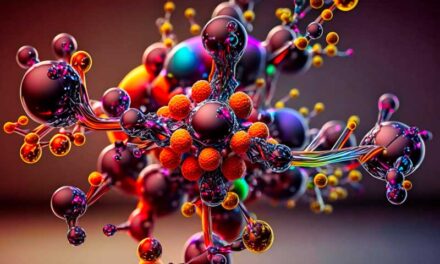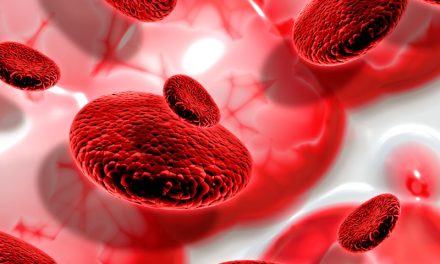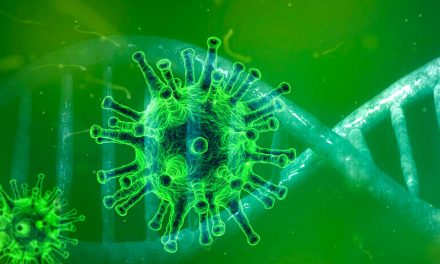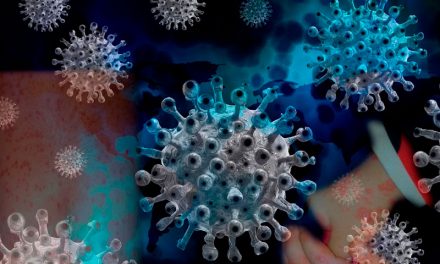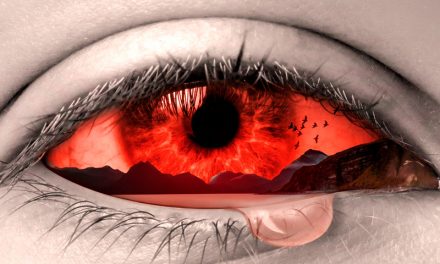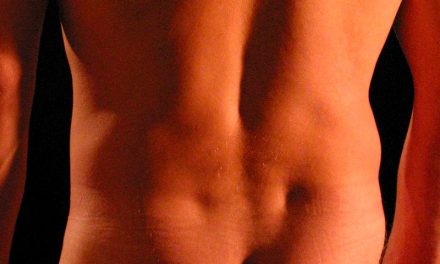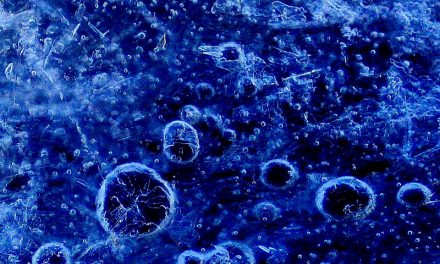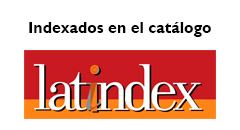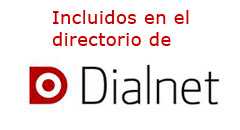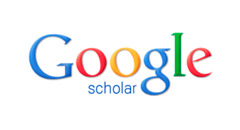
1. ARTICLES TO BE CONSIDERED FOR PUBLICATION
Ozonetherapy Global Journal accepts the publication of original articles on topics related to research in ozonetherapy, provided they are considered of interest by the Editorial Board of the journal and after blindly peer review of the manuscripts by the Evaluation Committee members or outside experts to assist in the editorial process of the main criteria for the acceptance or rejection of manuscripts are the following, which can also serve as a guide for authors when preparing the texts:
Overall assessment of the originality of the submitted manuscript. Items must be submitted in Word or RTF format.
The texts must be unpublished and will have a length of between 3,000 and 5,000 words, including footnotes and references. Articles aimed to make a critical review of books and scientific articles related to ozone must have a maximum length of 1,000 words, including footnotes and references, as well as summaries of research projects. No work should be in the process of publication by other journals, media or publishing platforms. The fulfillment of this standard is the responsibility of the authors.
Names and affiliations of the authors.
Considering the needs of the anonymous manuscript, we want to insist to the authors that their names should not appear in any paper or case report in .doc or .rtf to put into the publishing platform of Ozonetherapy Global Journal. To facilitate this operation, the Open Journal System tells to authors during the manuscript reference a series of boxes that must be filled. For Ozonetherapy Global Journal is need to fill all the boxes authors name, e-mail and affiliation.
In the box labeled “Affiliation” authors must provide the name of the city or province, and country from which the article has been carried out. Then add the name of the institution where he works and the phone (with all prefixes for calling from outside the country).
Provide the author’s phone is absolutely imperative to take be in charge of the scientific correspondence that could eventually lead the publication. No academic degrees (Doctor, Master, Professor, Professor, etc.) are included in the affiliation. Do not forget to fill the “conflict of interests” box.
A maximum of three authors are recommended by article should appear in order of relevance of authorship of the manuscript.
Ensuring a Blind Peer Review
To ensure the integrity of the blind peer-review for submission to this journal, every effort should be made to prevent the identities of the authors and reviewers from being known to each other. This involves the authors, editors, and reviewers (who upload documents as part of their review) checking to see if the following steps have been taken with regard to the text and the file properties:
- The authors of the document have deleted their names from the text, with “Author” and year used in the references and footnotes, instead of the authors’ name, article title,
- With Microsoft Office documents, author identification should also be removed from the properties for the file (see under File in Word), by clicking on the following, beginning with File on the main menu of the Microsoft application: File
> Save As > Tools (or Options with a Mac) > Security > Remove personal information from file properties on save > Save.
- With PDFs, the authors’ names should also be removed from Document Properties found under File on Adobe Acrobat’s main
2. GUIDE FOR SUBMITTING ARTICLES
The manuscripts will be sent in Times New Roman, font size 12, single spacing, justified, without tab (except in the case of a higher quote than 40 words, as will be seen below). The pages will not be numbered or include headers or footers. “Notes” will be placed at the end of the article, before the references. Will not be used bold or underlined.
2.1 GENERAL INFORMATION ABOUT THE ARTICLE
- Title should be in English and Castilian, font size16 points with no more than 20 words. Concise, short, informative, with a maximum length of two lines. It may include a subtitle. The title of the work must be closely related to the content of the manuscript and should avoid technical
- Authors, Surnames, Names. Author’s highest academic degree(s), lettering 12- point type. A maximum of six authors will be include, for editing reasons. If they belong to different organizations, a number after last dot sign will be written, in superscript format, as a reference for the “Affiliation field”
- Institutional affiliations. Font Size: 10 points. Institution name, mail address, web site (if any), Phone, Fax, E-mail
- Abstract. No more than 250 words. Lettering 12-point type. Impersonal From “Materials and methods”, use the past tense.
- Introduction. The maximum length of the summary should be no more than of 250 words. It will consist of a brief description of the motivation of the article, the statement of objectives, the methodology used, the results of research and key findings. Provide a context or background for the study (i.e., the nature of the problem and its significance). State the specific purpose or research objective of, or hypothesis tested by, the study or observation; the research objective is often more sharply focused when stated as a question. One sentence is enough
- Methods. A clear description of the way subjects being observed or participating in experiments were selected (patients or laboratory animals and controls). Describe age, genre and other important characteristics of the subjects. Describe methods, equipment, and main employed procedures. Describe statistical methods. Use the International System of Units.
- Result Discussion: Make emphasis in new and important issues of the study and in conclusions derived from them. Explain main results and its meaning, limitations of the study and implications for future research. Compare realized observations with observations from other pertinent studies. Show the relationship among conclusions and objectives. Avoid affirmations with little fundaments and conclusions not enough supported by obtained data. Propose new hypothesis, if justified, but identify them
- Recommendations can be included when opportune. Do not include images, tables, formulae, complex symbols, bibliographic citations, acronyms or abbreviators (except for measuring units)]
- Keywords: Use preferably terms from the Medical Subject Headings Thesaurus. From three to ten keywords, separated by commas. Example: Methodology, Abstract, Congress,
- Financing: A brief note on sources of research funding in the case that the item is linked to a research project funded by a public institution (national R + D + i, Ibero-American programs, universities or regional governments, etc.) or If there has been no funding must also be stated.
- Conflict of interests: Authors should make a report of the activities especially the financial-relationships that may introduce bias into the results of
- Acknowledgments: May be included in the acknowledgments to people that helped in some phases of the investigation or preparation of the
2.2 STRUCTURE OF ARTICLES
The structure of the article will follow a series of headings, numbered by the Arabic system (1 .; 1.1 .; 1.1.1 .; 2 .; 2.1 .; 2.1.2 .; etc.).
These headings will not be underlined, bold or italics (in the case of italics may be an exception if a word is introduced in a different language to the article).
REOz will priorize original articles within theoretical frameworks that provide empirical fieldwork and arise hypotheses that can be contrasted. In the case of the original articles, the manuscript should begin with an introduction in which the author exposes a justification for the interest of the subject addressed, the framework and the objective for the research presented.
Scientific references offered, are strictly necessary to facilitate the reading of the text. Special attention has to be made to the exposure of the research methodology, to the justification of the sample employed, to the research objectives and to the hypotheses being pursued. The article should present the results of research, for what may include tables and figures (photographs, drawings, graphics, etc.) that allow to follow the storyline of the text correctly. In the discussion, interpretation derived from data analysis will address the findings in relation to the objectives of the study. The results will be compared with those of other similar studies, the usefulness and applicability of the results will be discussed and limitations of the study will be pointed out of how they may affect the conclusions. The manuscript will ends with a brief conclusions that will serve to summarize the main ideas defended in the text as well as to show the open lines of research or anticipate future developments. The rules described above can be also apply to the reviews and meta-analysis, but not for essays, book reviews, reviews of scientific articles, research projects, etc. In these cases, it will continue demanding quality guidelines, methodological and structural rigor exhibition that is required for any scientific activity.
2.3 TABLES, TABLES AND FIGURES
The tables, charts and figures for insertion should have a minimum level of quality for editing. These images will be introduced in the manuscript where appropriate insertion, properly numbered and with a clear and brief title to facilitate peer review itself. It should include in all tables, charts and figures the source from where they have been taken. If they are made by authors, it shall be mentioned and in this case they have to make explicit the primary materials from where the chart or table have been built.
2.4 CITATIONS IN THE TEXT
The quotations to other authors should follow the parenthetical citation system and, in general, the rules of the 6th edition in English or Castilian 3rd in the Publication Manual of the APA (American Psychological Association). See www.apastyle.org. The complete reference to the work or document should appear at the end of the text, dedicated to the “References” block. The following identifies some of the most common citations: Basic citation style without quotation marks verbatim. A large part of ozone therapy interventions relies on the concept of campaign (of advertising section) and is based on social marketing as a management model (Rice and Atkin, 2009). Citations with reference to a particular page or pages of the work cited above follow the same structure specifying with two points behind the page from where you extracted the citation.
Eg.
After breaking his professional relationship with Ruesch, and within the so-called “Project Bateson, the anthropologist led a team of young researchers who studied the paradoxes of abstraction in communication” (Winkin, 2008: 37). If the author’s name is part of the drafting of the statement, refer to the year of his work between parentheses. If both the author and the year are part of writing there is no reference in parentheses. Textual citations to other authors include quotation marks in the paragraph, provided they do not exceed 40 words.
2.5 NOTES
The notes are included at the end of the article, before the “Reference” and follow the order of Arabic numbers. Is going to be inserted those notes that are strictly necessary to provide any additional information that is not appropriate to introduce into the body of the text. Notes should not contain complete bibliographic references, since they have to go in the final block references.
3. REFERENCES
References the end of the article should follow the rules of the 6th edition in English or Castilian 3rd in the Publication Manual of the APA (American Psychological Association). See www.apastyle.org. The preferred concept is the Reference to the Bibliography in order to give more amplitude of possibilities of citations that authors may have.
Thus, references shall be written in alphabetical order following the first author’s last name or first author on the case there is co-authorship; citations by the same author will be resolved by placing the most recent first texts; and to the texts of the same author published in the same year the system will use to add letters of the alphabet (a, b, c, etc.) just behind the year of publication. Wherever possible the full name of the author will be cited and not just initials. Ozonetherapy Global Journal understands that there are times when you read the full name is a difficult task and therefore only accept articles that cite the initial or initials of the names of the authors.
Whenever is possible, in the case of publications that have internet version, you must add the DOI (Digital Object Identifier) of the article or document that has been cited. Examples of citation in order to unify criteria set out below: Books: Name (s), name of the author / a / s (Year Edition) [Publication or first edition, if applicable]. Title and subtitle. Place of publication: Publisher.
Example:
Kreps, Gary L.; Bonaguro, Ellen W. y Query Jim L. Jr. (1998). The History and Development of the Field of Health Communication. En Jackson, Lorraine D. y Duffy, Bernard K. (eds.). Health Communication Research. Westport: Greenwood Publishing Group.
Name (y), name of the author / a / s (Year of publication). Title. Title of the Journal, volume, number, pages. Optionally, from three authors may be cited only the first two authors or using the formula et al.
To cite electronic documents the above-mentioned guidelines will be followed, also indicating the URL after “Available” and the date of consultation after the words “Retrieved”.
When the text is the work of an organization and not author or publisher is explicit: In this case, the responsibility is assigned to the organization.
4. OTHER RECOMMENDATIONS
The capital letters are to be used according to the linguistic norm, and only in cases strictly necessary. The use of quotation marks is restricted to traditional (“”), and will be used in particular to include quotations from other documents. The use of italics is restrictive and should be used especially for foreign words, Anglicism’s and barbarisms, or to highlight their importance of some concept or expression (in the latter case the use of italics is preferable to the quotes). Also, as indicated in the references and / or the text of the manuscript, the titles of the books or magazines shall be written in italics, as well as titles of movies, TV shows, photos, etc.
As part of the submission process, is required to authors to check that their submission meets all of the following elements, and agreeing that papers that do not meet these guidelines may be returned to the author.
- The paper has not been previously published, nor was submitted to another
- The file must be sent in Word or RTF
- That have been added web addresses in the references where it has been possible. DOI should be added where you has been possible. The text is single-spaced, letter Times New Roman, font size is 12 points, and all graphics, figures and tables within the text should be in their proper place to facilitate
- Remember that tables, figures and charts should be sent in separate files to facilitate the layout, as stated in the “Guidelines for authors”.
Copyright Notice
Authors retain copyright and guarantee to the Ozonetherapy Global Journal the right to be the first publication of the paper as well as licensed under a Creative Commons Attribution License that allows others to share the paper with an acknowledgment of authorship of the paper and initial publication in this journal. The use of the article should not involve commercial interests and should be shared under Creative Commons.
Privacy Statement
The names and email addresses entered in this journal will be used exclusively for the stated purposes and are not available for any other purpose or another person.
Deadline for delivery of articles for review.
March 31th 2024
Sending articles to email:
APC (Article Processing Charge).
Once the article has been submitted to peer review and is accepted for publication, the author must pay 250 euros for publication.
This post is also available in:  Español (Spanish)
Español (Spanish)



